Well the ebook community is buzzing. Amazon has provided REAL page numbering. The critics have been answered. Now the fun begins. What is the source of my ebook? Is my ebook the same edition as my paper version? Where am I at here?
Of course, there is one thing that we must have in place if we are going to coordinate a paper version with an ebook. We must know the source of the ebook and that information appears to be missing in action.
It sounds like an easy problem to solve. I just purchased an ebook on-line and the hardcover edition was right next to my ebook selection. No problem.
But ask me that question in three years when I still have that same ebook on my e-reader and the hardcover book has a new edition. There is no reference to which hardcover edition my ebook matches. None.
Study
I decided to put my analytical hat on and do a study. I wanted to see whether the source document of my ebook is identified somewhere. My assumption was if we are going to identify where the ebook originated, it should appear on the copyright page.
So I started my study. I picked 30 ebooks and analyzed their copyright pages. Somebody must have missed the memo about what information is required and what format it should be presented in because we had a variety of formats and information, to say the least. Although 30 ebooks is not a very big sample, only one of them came close to what is needed to ID the source.
Amazon has seen the need to add the source information in their on-line product description to help. They have added a line: Page Number Source ISBN. But my ebooks didn’t have a clue to the original source.
Joel Friedlander
Next I used a great post by Joel Friedlander, an expert in this area, called “Self-Publishing Basics: The Copyright Page” as my starting point. (Other blogs on copyright pages are listed at the end of this post.)
Results
I started the study on the premise that the eBook copyright page should not be the same as the source book. It shouldn’t be just a copy. All the eBook copyright pages that I studied had most of the basics. They had the copyright notice, Publisher and publishing information, disclaimers, edition data, Library of Congress information and the ISBN.
Although this is not required, some gave credit to the basic book formatting and design people. Things like cover photograph, cover image/art, interior design and edited by information.
The ebooks did have some direct information about the ebook like one had ‘First Kindle Edition’. Another said ‘Epub edition © with a date and eISBN 978- number’. I don’t know if the ‘e’ is official but its meaning is obvious. One even had ‘Mobipocket reader format’ mentioned.
Only one of the ebooks had any information at all about the source. (“Simon & Schuster hardcover edition June 2010”)
Missing Information
But here is where the train leaves the tracks. With the missing source information, there was no indication where the book’s content originated from or how we got to the digital format.
Adding more information to the ebook copyright page goes along with the same concept we use for an accurate bibliography, footnotes and appendix.
The real need is in the Education area. They need to communicate information in the e-textbook to each other in an accurate manner. If they are going to cite information from an ebook, the reader needs to be able to go back to the source and verify the citation.
And Professors and students need to make sure they are both on the same page, so to speak. They need to be able to match the hardcover textbook to the e-textbook.
My wish list
We are missing the boat with the copyright page. It’s like seeing Original Source: Undisclosed on the copyright page. That just doesn’t work. The ebook is a different product than the paper version. We need more information.
1. We need the ISBN number and the hardcover edition on the copyright page like Amazon is providing on their ebook Product Production page. Of course, they are including this to help sync the page numbers with the hard copy but it should have been required in an ebook by publishers before Amazon added the feature.
2. We need different copyright pages for each version of an ebook. We need a unique copyright page for the Kindle, Nook and Sony etc. Smashwords has its own copyright page format which is the same with each version (epub, mobi, txt, etc.) they sell. I don’t know whether that is good enough in the long run.
3. I would like to see a reference on the copyright page about the ebook conversion process used. Is this an ebook only version? Is the source document from the original book’s source file or was it a scanned /OCR version to a digital file. This will give the reader some idea of the accuracy of the conversion.
4. I would like to see who rendered the ebook but I am probably pushing it although Garry Graves gave me credit for rendering his book, “Bloody Omaha”.
Examples
Kindle Version
Original Source: How to Create Copyright Pages Right – by Jim Satire
Hardcover Edition June 2010 (ISBN: 978-9-9999-9999-8)
Kindle Edition – 1.4.1 – Build 11/7/2010
Original Process: Direct from Digital Source File
Created by: Amazon DTP
Conversion Services by: HBSystems Publications
Rendered by: James Moushon
Nook Version
Original Source: How to Create Copyright Pages Right – by Jim Satire
Hardcover Edition June 2010 (ISBN: 978-9-9999-9999-9)
Nook Edition – 1.5.1 – Build 11/23/2010
Original Process: Direct from Digital Source File
Created by: BN Pubit
Conversion Services by: HBSystems Publications
Rendered by: James Moushon
Traditional publishers and self-publishers are responsible for this additional information. Sometimes publishers get caught up in trying to get the ebook out the door at the lowest cost rather than doing their own due-diligence.
It can’t be just a copy of the hardcover. It all starts with the definition of the sources of the ebook. Right now it appears that this is missing information.
What do you think about adding this information? Is it important to know?
Do the publishers have the responsibility to provide this information to the reader?
A list of some good reference material on copyright pages from Joel Friedlander.
“6 Copyright Page Disclaimers to Copy and Paste, and Giving Credit” by Joel Friedlander on January 16, 2010
“Copyright Page Samples You Can Copy and Paste Into Your Book” by Joel Friedlander on January 15, 2010
“Self-Publishing Basics: A 5-Minute Guide to Copyright” by Joel Friedlander on October 8, 2009
“Self-Publisher’s Quick & Easy Guides—Copyright” by Joel Friedlander
Where you can contact me:
View my website: HBSystems Publications
Or EMAIL at: jrm@hbspub.com
Or visit my blog: The eBook Author Corner.
Get an Editorial Review | Get Amazon Sales & Reviews | Get Edited | Get Beta Readers | Enter the SPR Book Awards | Other Marketing Services


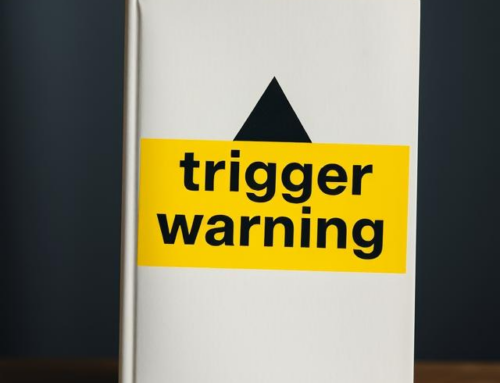

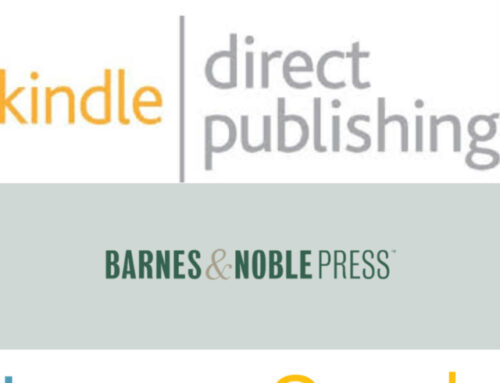
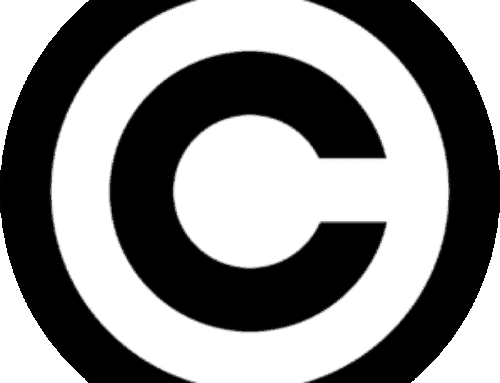

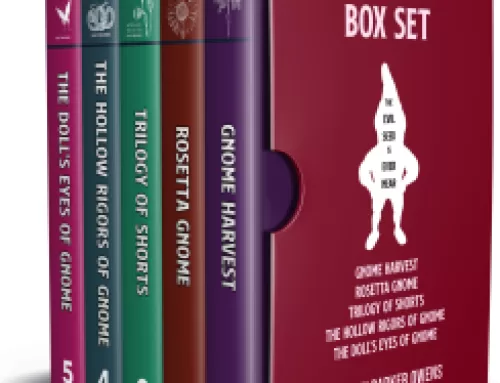

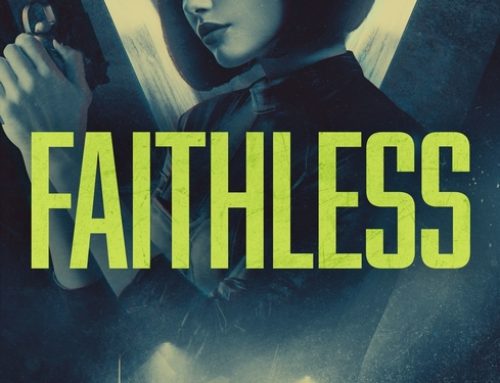


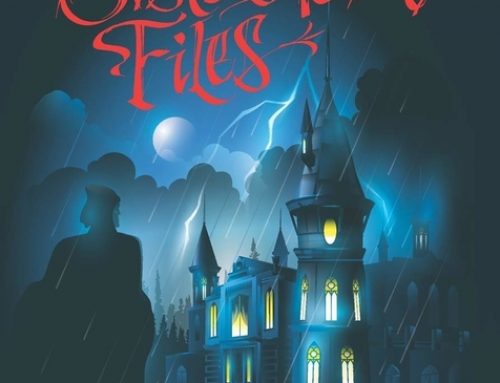


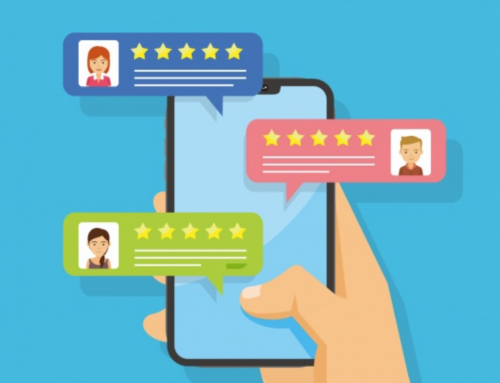
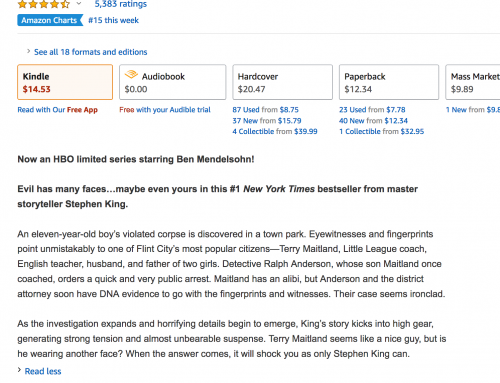
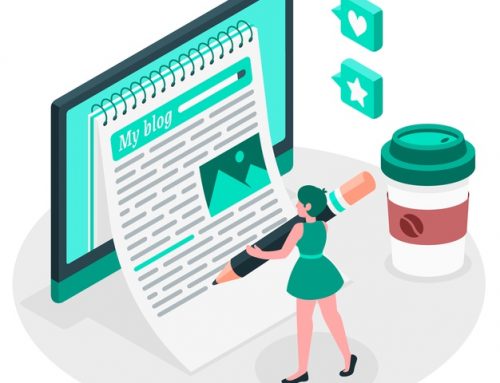

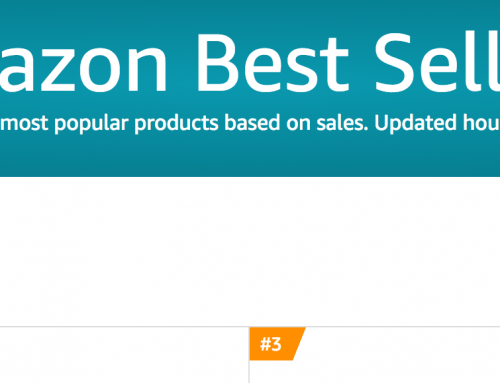
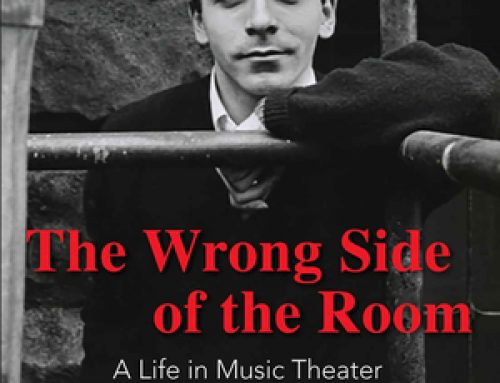
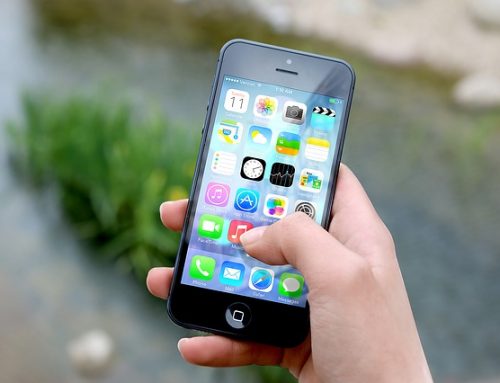
This information can only be included in the ebook if it is known beforehand what print version page numbers will be acquired from. The page numbers for the Kindle editions are not part of the ebook document, but are contained in a separate file on the Kindle and the page numbers were added after the ebook was published. I agree that it is important information, but the copyright page of the ebook, which is fixed information, is not where it should be posted. It needs to be dynamically accessed on the device. Hopefully, at some point, the purchaser will be able to select which print version the page numbers are derived from, so a professor can specify at the start of the session which print book to reference rather than having the students siting different sources.
Eric. Thanks for the comments. You have some interesting ideas.
I like the idea of having some of this information as one of the device’s selections. Like a help tab with an ‘About’ selection like we see in most software programs. This would be good for citation information. The Kindle knows the Title, the Author, the real page number and the location on the page.
When the publisher creates the ebook, they already change the copyright page from the pbook version. They add a different ISBN number and insert links to websites. They are the ones who know the pbook’s source document. That’s why I picked them as the provider of this important information.
I don’t know about the purchaser being able to select which print version the page numbers come from. I think if a professor is going to allow the use of an ebook in their class, they should make available the e-textbook that matches the textbook.
I think it would be interesting to know how Amazon created the page number file and how the bookmarks were placed in the ebook to match the file.
Interesting ideas – probably most useful when there is a paper version of the book.
You are right – every bit of necessary information should always be somewhere in the book/ebook. In a perfect world!
One of the problems I can see with the ebook versions is that authors are encouraged by the writing community online to correct typos and such, and put a new version up. I’ve seen authors encourage readers to send in corrections, and tell these readers they will be acknowledged on a corrections page. I assume this can lead to a series of versions of the ebook as corrections are included.
I believe if you update the ebook, Amazon in particular then downloads the new version to people’s ereaders. I don’t know if this happens all the time, but it would probably be logical to expect it when you archive a book, followed by bringing it back to your device from the archives – I doubt Amazon is going to keep anything but the most recent version in their database. So the version you originally read may not even be available.
Another question: if you are being diligent about copyright, do you update the copyright with the Library of Congress – and are you required to pay again? I know things are technically copy-protected the moment they are put into a tangible form, but I also know that you cannot get punitive damages unless you go through the formal procedure to register with the Copyright Office (assuming you were lucky enough to need that kind of protection).
One thing for sure, you are added to my list of people to ask. Thanks!
Thanks for the comment ABE. I am not a copyright lawyer but I feel you are copywriting the content of the book and if you don’t change that I should be protected. If we are talking credits or links i don’t think there is a problem. The update process is rather straight forward with Amazon and the other retailers. I post in a Mobi format, so my updates to my novels ready for sale as soon as I save the file.